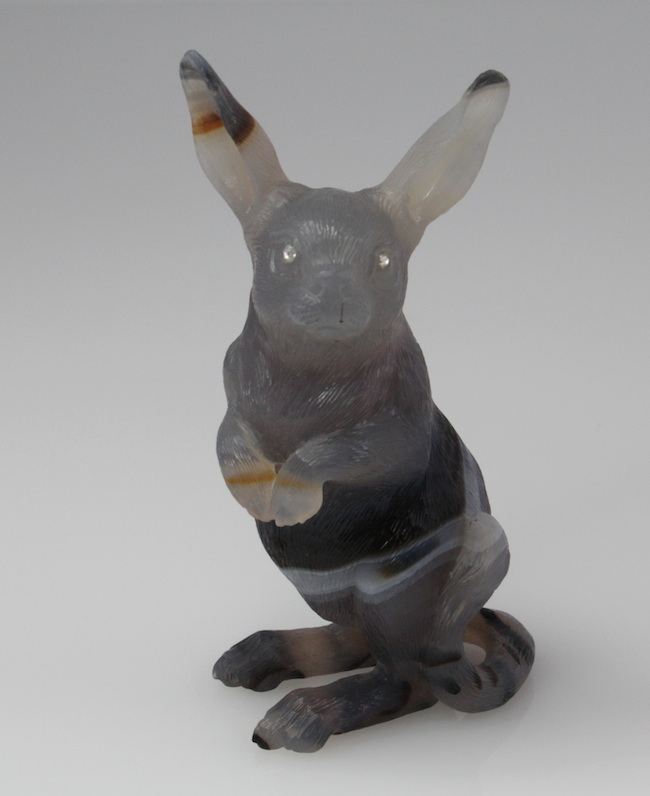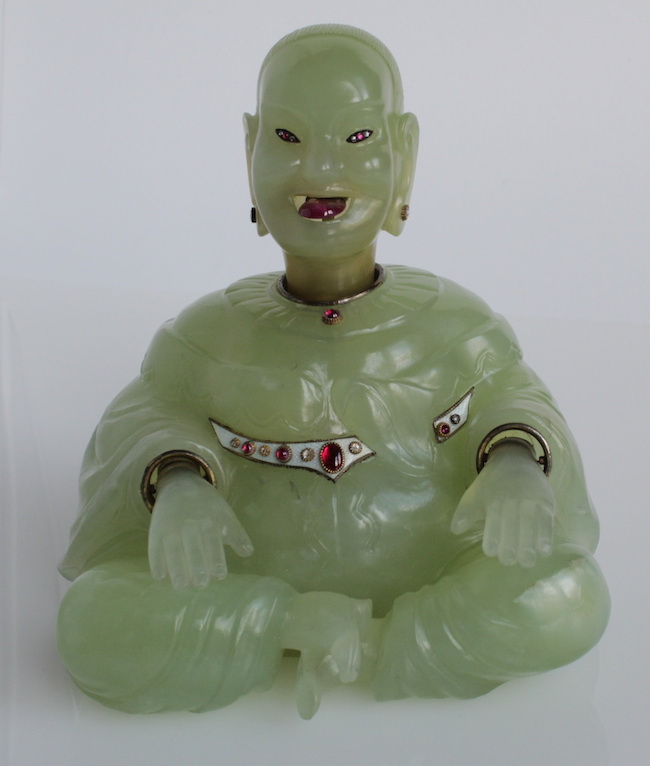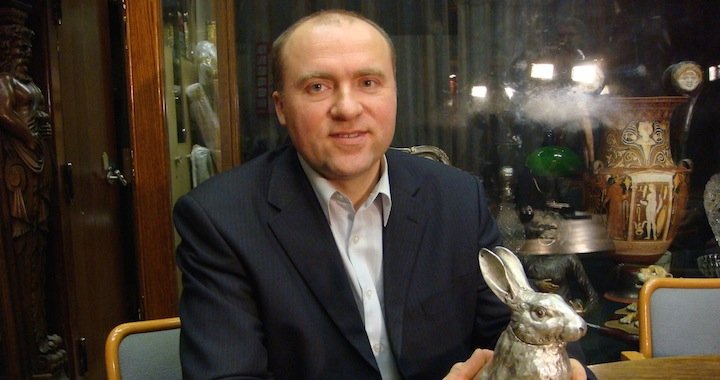
Collecting the True Russian Art: From the Tsar’s to Modern-Day Art Funds
An interview with art collector and founder of the Fabergé Museum in Baden-Baden, Alexander Ivanov
Ekaterina Drobinina
25/06/2015
Some art specialists say that financial problems do not hit the art-market immediately, but within a year's lag time. The economic crisis that resulted from the political sanctions implemented by the EU and the USA did not stop Russian buyers from spending millions on a work of art. For example, in November 2014 a portrait by Valentin Serov fetched over 9 million pounds at Christie’s.
However, this year the sales’ results are not as impressive as they used to be. The beginning of June is the time when major auction houses - Christie’s, Sotheby’s, Bonham’s, and Macdougall’s, which specializes in Russian art - are brimming with Russian collectors. But given the challenging political and economic situation, Russian buyers were not expected to spend lavish sums of money on art.
The biggest challenge today is not a lack of money, but the shortage of good works of art available, says Alexander Ivanov, whose impressive collection of up to 30,000 art pieces includes over 4,000 Fabergé works and is partly exhibited in his Russian National Museum in Baden-Baden. One of the most expensive pieces Ivanov has owned is a gorgeous enameled Rothschild Fabergé egg that he bought at a Christie’s auction in 2007 for 8 million pounds ($16.5 million), and last year donated to the Hermitage Museum in St. Petersburg.
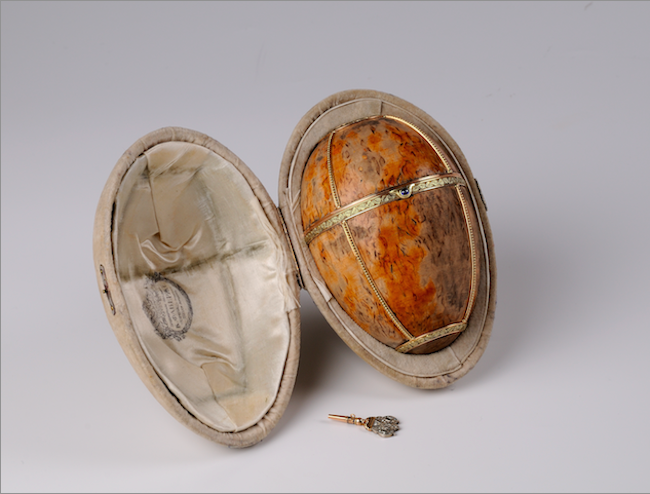
Imperial Birch Egg
Why did you chose to start your collection with something so expensive as Fabergé?
Fabergé is the only Russian brand name in the art-market that is known all over the world and has no competitors. I bought my first Fabergé items - two of them - in 1992 because I liked them, but also because there always has been some mystery around this brand. I learnt about the Fabergé imperial collection: [Imperial eggs are the most expensive objects of art made by Carl Fabergé, who was an official supplier to the Russian Imperial court from 1885 to 1917. After the Bolshevik revolution, the jeweler and his family fled Russia. The Tsar’s collection was confiscated and sold by the bolsheviks, who needed hard currency, to Western collectors – E.D.] from school, where the history of the arts was never properly taught.
The problem today (unlike at the time of my first purchase) is that there are a lot of fakes, especially forged enamel objects. Russians hardly ever collect them, but they are very popular among foreign collectors. Twenty years ago I bought a prize cup of Nicholas II from a horse race in Turin, for 500,000 dollars. And the auctioneer told me that I was the first Russian customer to buy an enameled work of art.
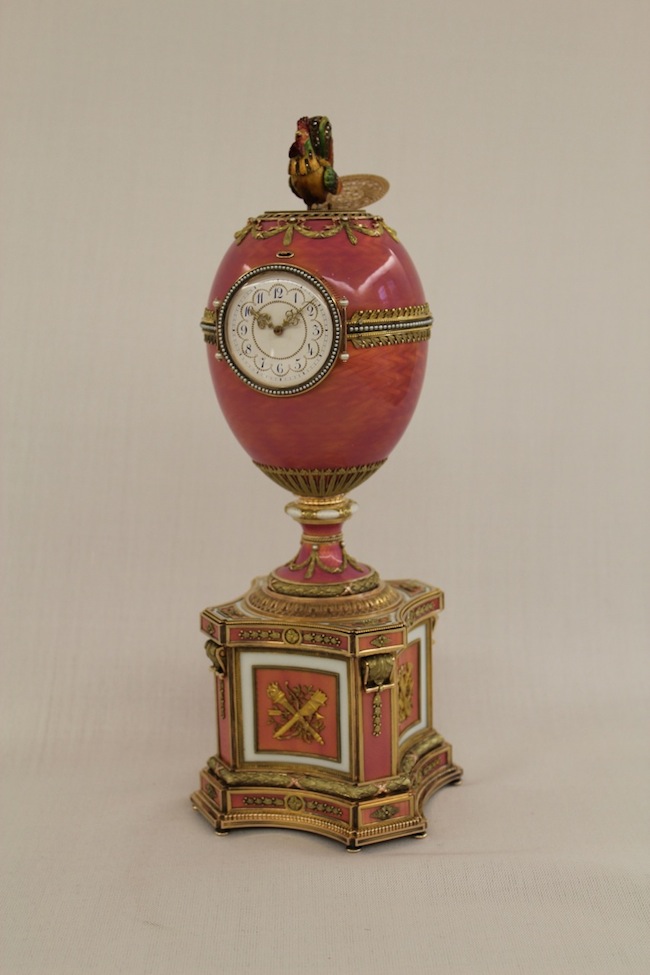
Faberge Rothschild Egg
So you have chosen this art form purely due to pragmatism? That is, because Fabergé is a well-known Russian brand?
No, I have chosen it because I like it. I always chose what I like. I like paintings, too. I have [paintings by Alexej von] Jawlensky [a Russian expressionist who was one of the founders of The Blue Rider group with Wassiliy Kandinskiy] and a [painting by Kazimir Malevich,] Black Square, but these were rather tributes to fashion. I like Evgueniy Kondratiev, a non-conformist. I even wrote a book about him. But I think that, even though Russian painters were good, they were not original. And the collectors’ interest in them is, to some extent, artificial. Some people buy out the works of one artist and then outbid each other, thus making the prices skyrocket. But they can not support these prices forever, so when they leave, the prices fall. This is what happened with Nicholas Roerich and Zinaida Serebryakova. Take Konstantin Somov - seldom do watercolors costs so much. They used to cost up to a million or more [in 2007 Christie’s sold Somov’s “The Rainbow” for almost 4 million pounds], but now his works are sold for 50-60,000. Why is that? Because some of the collectors have left the market. It proves that the interest was an artificially created one. But Fabergé is collected by people all over the world, so the interest in it will never fade away. In fact, the biggest problem today is that it is hard to find good things on the market – everything has already been bought out! They are kept in Europe, in the palazzos and chateaux of very rich families who have no need to sell them.
Fabergé animal figurine
But aren’t you doing the same? Except that you are trying to outbid one of the richest people in Russia? [Russian businessman Viktor Vekselberg, who bought Malcolm Forbes’s collection in 2004 at a pre-auction sale, is the fourth richest man in Russia according to the latest Forbes list.]
No, it is not the same. The Imperial Collection has never been cheap, and Vekselberg and I are not the only ones who buy Fabergé. In 2004, before that same auction, many people were saying that the objects in the Forbes’ collection were too expensive and that they would crash the market because nobody would pay so much. They estimated some of the eggs at 15-20 million dollars, which was a lot in their minds. However, I am sure that there would have been a lot of people interested in the auction. But Vekselberg approached Sotheby’s with an offer, and on the following day he bought it for over 100 million dollars at a pre-auction sale. My bid was 135 million dollars, but apparently, that was lower than Mr. Vekselberg’s. He made a great business move - he invested money in the right thing. His collection is worth half a billion today.
Is your collection an investment?
For me - no. However, it automatically becomes one, given that it costs money. There are some funds - mainly from the USA - which invest money for the next 50-100 years in the works of artists like Fabergé. There was a story about a pillowcase that was discovered in the Swedish embassy. It was packed with cigarette cases and other things. They were sold at an auction and bought by these American funds. This was an investment.
Onassis Buddha
So why are you showing your collection in Germany, but not in Russia, as Mr. Vekselberg does? [In 2009 the Russian National Museum was opened in Baden-Baden, a traditional spa resort for many famous Russians including Turgenev, Dostoevskiy and Gogol.]
I share the belief that the location must be a place with history. Why did they take Shuvalov’s palace in St.Petersburg? [This Neoclassical onetime-residence of the noble Shuvalov Family now houses the collection of Viktor Vekselberg] Bolshaya Morskaya 24 in St. Petersburg was the address where Fabergé lived, worked and sold his work. In Moscow his shop was at Kuznetsky Most 30, which is now a restaurant. In one interview a journalist asked me – why don’t I ask the government for a place to exhibit my collection in Moscow? I addressed the Moscow mayor by letter and suggested we make a museum here. I would pay for the restoration works myself. But nobody got back to me. I think the Russian authorities are not interested in it. Museums are less profitable than restaurants. In Baden-Baden I talked with the local authorities and they gave me the green light immediately. Half a year later, the museum was opened.
What do you think about the current Russian art-market? There is the opinion that the patriotic rush to buy art (which we saw before the 2008 crisis) will never be repeated because the collectors have changed. They will be motivated by different reasons, and there will be a new class of collectors.
Rich people in Russia buy expensive flats, cars, jets and yachts. Once they have it all, they will start thinking about art. But nobody has enough money to build the kind of art collection they dream of. They say that when a person has 10 billion dollars, he can buy anything. But this is wrong. The more money you have, the more exclusive becomes the art that you look for. Fabergé is expensive, but not for very rich people. For them, it is the lowest segment in terms of prices. Fabergé is dearer than Impressionism, but the Old Masters can cost 10, 20, 30 million dollars…
Modern art costs even more...
Modern art was made up by the bankers as a way to save their money. However, it will always be popular because there will be new names, and some people will drive the prices up until they drop them. Russian modern art does not have a world-known brand. Fabergé is the only Russian brand on that level. Russian decorative art - Ovchinnikov, Khlebnikov, etc - can be found in various collections all over the world. But Russian modern art is bought only by Russians.
But isn’t that the usual case? The Russians buy Russian art, the Chinese buy Chinese art...
The Chinese buy not only Chinese art. Actually, they buy everything but Russian art. However, they do love Fabergé!
